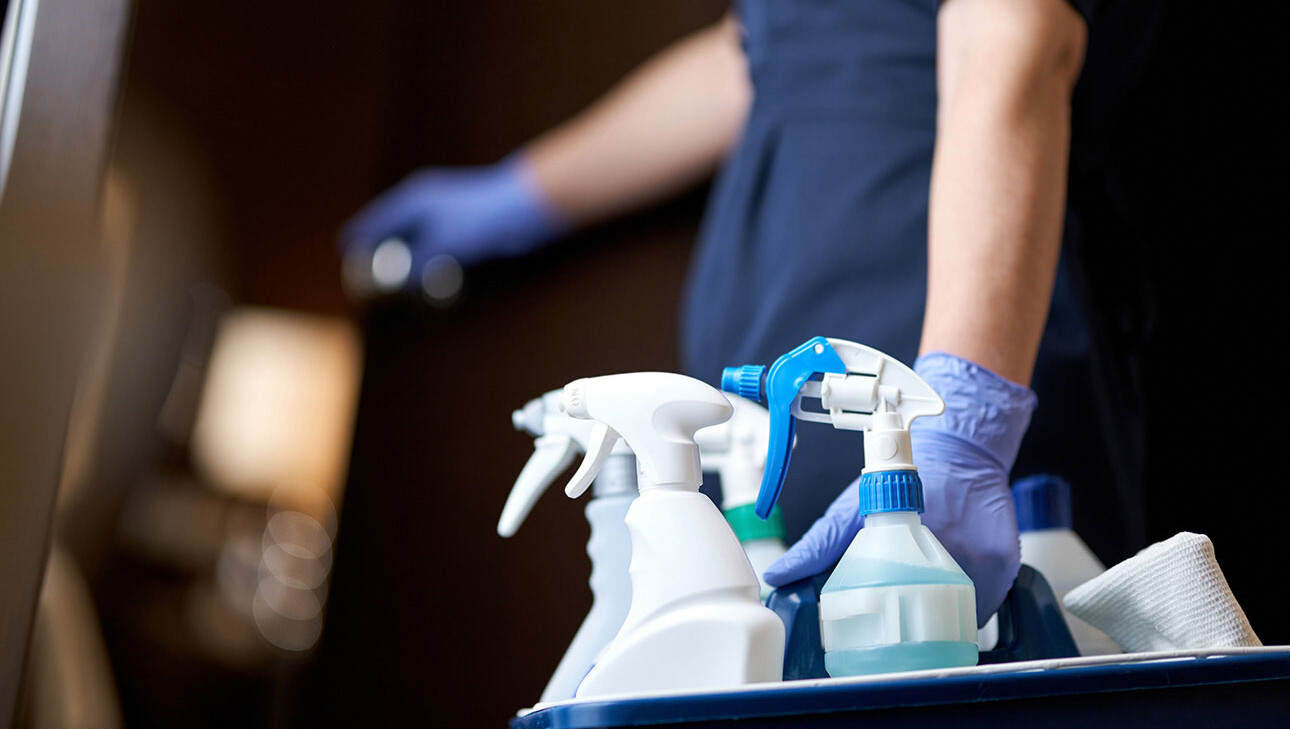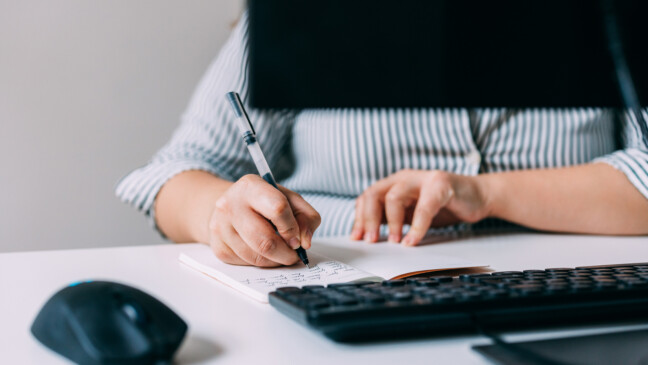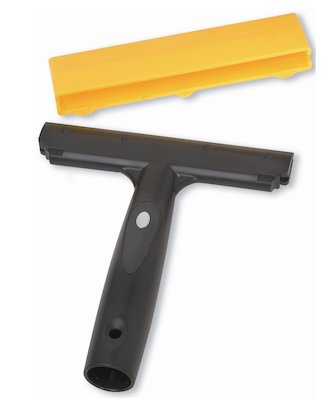
05.05.23
From the idea to the finished cleaning product
Cleaning agents have a permanent place in a modern society. Without these chemical helpers, hygiene as we know it would not be possible in either the private or public sector. In addition to the positive influence on cleanliness and hygiene, the impact on the environment must also be taken into account.

Phase 1
At the beginning of a development process, it is necessary to define:
- The surface to be cleaned
- The soiling to be removed
- Ready-to-use solution or concentrate
- Desired cleaning performance
- Desired ecology
- Expected classification according to CLP
- Hazardous goods (yes or no)
- Packaging
- Can VOCs be avoided?
After we have drawn up a rough profile of the new cleaning product based on the above points, we start with the market study. If such or similar product is already offered (very likely nowadays), we collect data on relevant competing products. Here, the internet and/or various literature serve as important sources. Likewise, samples of relevant products are collected, which will be used as a reference for comparison tests at a later stage.
Phase 2
Now we are ready for the next step. Here, first and foremost, it is determined which raw materials are needed for the planned product. Ideally, we can work with raw materials that we already have in stock. If this is not possible, we contact our raw material suppliers. They make suggestions based on the defined performance profile. For surfactants, this can look as follows:
- Type of surfactant (anionic, non-ionic, amphoteric, or cationic)
- Basic surfactant or co-surfactant
- Foaming behavior
- Wetting behavior
- Ethoxylation degree
- Proportion of renewable raw materials
- Organic odor
- Classification ECHA (1)
Einstufung ECHA (1) Je nach Produktegruppe werden noch weitere Rohstoffe für die neue Formulierung benötigt.
- Acids
- Alkalis
- Solvents
- Polymers
- Solubilizers
- Inhibitors
- Preservatives
- Fragrances
- Dyes
Phase 3
Based on the data collected, our own experience and recommendations from raw material suppliers, we are now preparing an indicative formulation. In the laboratory, a first laboratory sample is prepared. The focus here is on the solubility and compatibility of the individual raw materials. The first comparative tests are also carried out with reference products. Depending on the progress of the tests, fine-tuning now begins until the desired performance is achieved. During this process, the desired classification of the product must always be kept in mind. Depending on the ingredient, even a small change in quantity can mean a worse classification according to CLP (2). This is essential because the classification of a product has a direct influence on the occupational safety measures to be taken in practical use. Since ecology plays an increasingly important role in new formulations, the guidelines for the EU-Ecolabel are also included (3). This means, for example, that surfactants from renewable raw materials from certified cultivation are used, critical ingredients are avoided, and environmental compatibility of the packaging as well as application and dosage instructions are provided.
Phase 4
Finally, the finished formulation must pass stability tests. Now that the hardware is finished and ready for marketing, the regulatory requirements must still be met. With the help of a special database, the safety data sheet is now created. This data sheet also defines the classification according to CLP, i.e., which hazard symbols and hazard phrases must appear on the label. At the same time, we also create the operating instructions. The completed safety data sheet with the classification of the cleaning agent now serves as the basis for the registration with the Swiss Federal Office of Public Health.
Literatur
(1) ECHA European Chemical Agency
(2) CLP Regulation EG 1272/2008
(3) EU-Ecolabel- Cleaning agents for hard surfaces EU 2017/1217









Tell us what you think
Be the first to comment this post.
You must be logged in to leave a comment.